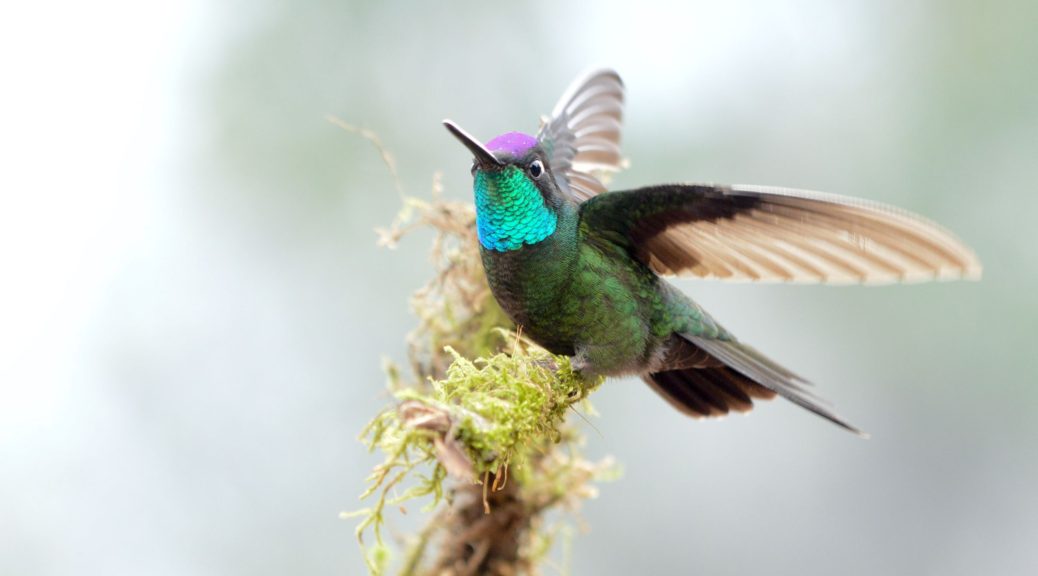Caligo Ventures‘ client Sandy Sorkin details how he began his birding hobby.
A birding hobby has to start somewhere … and we know that often a casual birding hobby can become more of a lifestyle! Below is a guest blog by one of our long-time clients, Sandy Sorkin, all about how he got his start birding. And for Sandy, his birding hobby couples with his love of photography (a bonus for us!). Read on to hear Sandy’s start up story and to see some of his stunning photos.
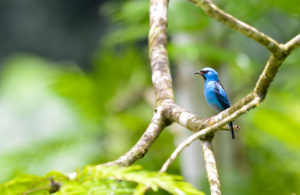
The Hobby is Birding? / Photography?
By Sanford Sorkin, January 2017
Once upon a time I went birding. A friend asked me about walking through a local swamp to look at birds. I don’t recall if he called it birding or not, and it probably wouldn’t have made a difference because I registered “take a walk outdoors.” On the way, I began to understand we would be birding, however, his approach to the endeavor was the antithesis of what I thought birding ought to be. And what it ought to be, in my amateur mind, was watching birds that fly slowly overhead and even make slight turns for better viewing. In no way did my understanding incorporate the concept of getting my feet wet. The morning I went, yes morning, very early morning, I had also not considered that bird watching was a hobby that ignored any human imperative to sleep at least until sunrise. With a moderate level of enthusiasm off we went, and for a reason, somewhat unfathomable to me at the time, I loved it, wet feet and all.
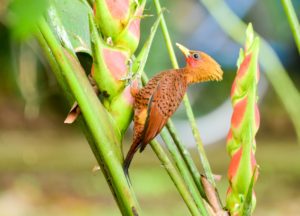
I don’t remember all the birds I saw that sunny, wet morning, but I will never forget the Virginia Rail that dashed out from behind straw-colored reeds bordering our single plank walkway (which, by the way, was under by six inches of water) and stopped to stare at me, the swamp interloper. He was in no hurry and neither was I, and our mutual staring went on for a while. I didn’t know it was a Virginia Rail, and it was just a guess until my friend confirmed the identification. It was also the only rail species I had ever heard of. In retrospect, I wish I had my camera with me.
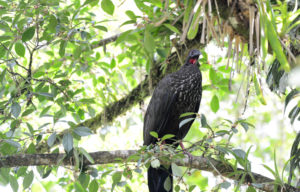
All these years later, I’m undeterred by swampy, muddy trails, and I certainly don’t expect birds to fly to me, land and then perch until I find them in a field guide. Of course, it’s nice if they do, but regrettably most don’t.

I found that after a few more outings I could identify more of the birds. However, I admit that I was completely unprepared for all the seasonal plumage changes necessitating that I start over with the ID process, and I also had to purchase a bigger field guide. It also occurred to me that a camera would be a cool thing to carry with me. So, I bought a camera.
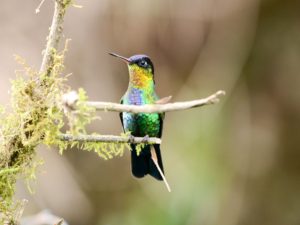
Photography on the other hand was a much more complicated hobby with a great deal of expense attendant to developing picture film or slides followed by getting prints made. I did both, and even had a dark room in the basement, though color printing was far beyond my level of expertise and equipment. Worse than the expense, you never knew if you had captured a usable image until days later back at home.

Then it all changed on an amazing day when consumer digital photography was introduced. Anyone could take a thousand pictures a day, or more, and not be concerned with the expense. True, you would need a bigger and faster computer, but who didn’t want one of those. The initial introduction wasn’t all that helpful because the cameras were expensive, the images were very small and the cameras had an incredibly awful lag time. The lag time was the worst problem. You pushed the button to snap a picture, and it could take two or three seconds before the camera actually did what it was supposed to do. This made the cameras close to useless for shooting birds or grandchildren unless they were asleep.

Early into the 2000s everything came together. Prices plummeted and we had a useful number of megapixels making spectacular images possible. The lag time remained, but it was a very, small and almost imperceptible fraction of a second.
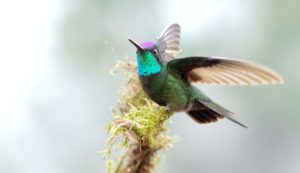
At this time, I decided that carrying a camera would solve all my nagging identification issues: see the bird, take a picture, then go home to look it up in my book. It didn’t take long to realize how naïve I was, but this didn’t change my sense that I was on the correct path. The camera became an essential identification tool when I started birding outside of my home area.

Armed with cameras and binoculars, I was now ready to realize my objective of accurate bird IDs via digital imaging. Photographing birds worked. It was much easier to make identifications and to solicit assistance from more experienced birders by sharing my pictures. I was even corrected more than once because I shared an image. Later it became an indispensable tool proving to Cornell, via eBird, that I saw what I reported.

Initially, my images were intentionally tightly cropped. The only recognizable element in one of my pictures was the bird. Virtually no backgrounds of consequence ever appeared. My pictures were little more than specimens to prove that I saw what I saw. The pictures where sharp, but they would not be mistaken for art. So somewhere along the journey, I began to realize that the specimen picture was not satisfying. Birds, and any other wildlife, needed to be shown in their habitat. The background became important to me. The tree, season, sun, weather, rock, sky, were essential elements and played an important role. The image still included a specimen, but it was a major step closer to being aesthetically pleasing and part of a natural story.
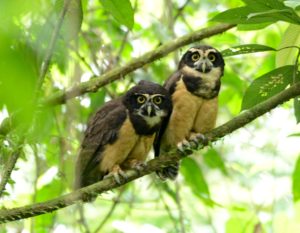
I think that I have achieved a balance with both hobbies. I haven’t found an overwhelming desire to list (eBird takes care of that), and remain content to see the same birds and ideally capturing a better picture than the last one I took. I am glad that photography takes nothing away from enjoying encounters in the field as some have claimed it would. Pictures bring back memories. I can’t bird every day, but I can review my pictures and be reminded of what I saw, with, or without, wet feet.

___________________________________________________________________________
If you’re ready to get your feet wet, contact Caligo Ventures or our partner company Naturalist Journeys to set up your next birding adventure and take your birding hobby to the next level!

